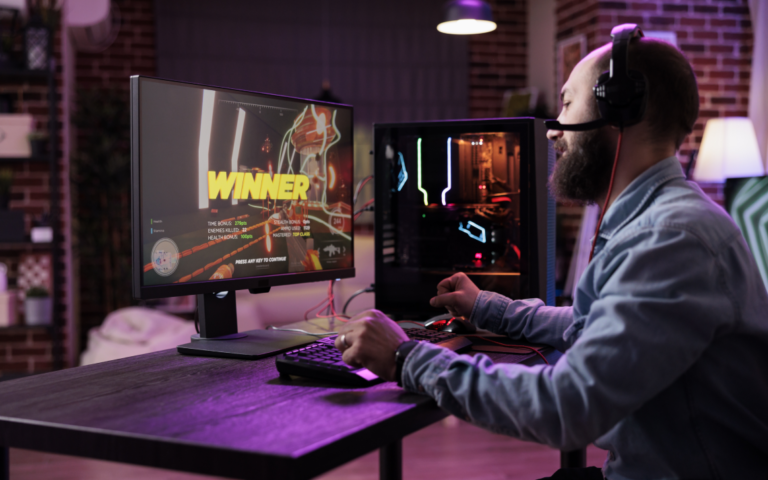Virtual Reality in Advertising: A New Frontier

Virtual reality (VR) is revolutionizing various industries, and advertising is no exception. By immersing users in a fully interactive, three-dimensional environment, VR creates a unique and memorable experience that traditional advertising mediums simply cannot match.
This emerging technology is opening new doors for advertisers, allowing them to engage consumers in innovative and impactful ways.
The Rise of VR in Advertising
The use of VR in advertising has gained momentum as more brands recognize its potential to create immersive virtual reality experiences. Unlike conventional ads, which often passively present information, VR ads engage users actively, making them part of the narrative. This active engagement can significantly enhance brand recall and loyalty.
For instance, automotive companies have been early adopters of VR technology. Brands like Audi and Volvo offer virtual test drives, allowing potential customers to experience their vehicles from the comfort of their homes. This not only saves time but also provides a more comprehensive understanding of the product, ultimately influencing purchase decisions.
Similarly, the travel and tourism industry leverages VR to offer virtual tours of destinations. This can be particularly persuasive, as potential travelers can explore locations in detail before making a booking. By simulating the experience of being in a new place, VR can evoke emotions and desires that static images or videos might not.
Creating Emotional Connections
One of the most significant advantages of VR in advertising is its ability to create emotional connections with consumers. By immersing users in a brand’s story, VR can evoke strong emotions and create lasting memories. This emotional engagement is a powerful tool for building brand affinity and driving consumer behavior.
For example, charity organizations have used VR to create empathy-driven campaigns. By simulating the living conditions of people in need, VR can generate a deeper understanding and compassion among viewers, leading to increased donations and support.
Retail brands are also exploring VR to enhance the shopping experience. Virtual showrooms allow customers to browse and interact with products in a lifelike setting, bridging the gap between online and in-store shopping. This can be particularly effective for high-end brands, where the tactile and visual experience plays a crucial role in the purchasing decision.
In addition to enhancing consumer experiences, VR technology is also being used to address employee burnout. Companies are developing VR-based training programs and relaxation experiences that help employees manage stress and recharge. By providing immersive environments for mindfulness and stress relief, VR can play a significant role in improving employee well-being and productivity.
VR and Data Insights
Another significant benefit of VR in advertising is the rich data it can provide. By tracking user interactions within the virtual environment, advertisers can gain detailed insights into consumer behavior and preferences. This data can be used to refine marketing strategies and create more personalized and effective campaigns.
For instance, if a user spends more time exploring a particular feature of a product in a VR ad, it indicates a higher interest in that aspect. Brands can use this information to highlight those features in future marketing efforts, tailoring their messaging to better meet consumer interests.
A Tangential Touch: VR and Health
While VR’s primary applications in advertising are clear, its potential extends into other sectors, including medical insurance. Corporate health insurance companies are beginning to explore VR for training and customer engagement.
For example, VR can simulate complex medical procedures for training purposes, helping insurance adjusters understand the intricacies of medical claims more accurately. Additionally, VR can be used to create engaging, informative content about various insurance plans, helping consumers make more informed decisions.
This approach is further enhanced by the integration of artificial intelligence. AI can analyze the collected data more efficiently, identifying patterns and trends that might not be immediately apparent to human analysts. This synergy between VR and AI can lead to even more precise targeting and customization in advertising campaigns.
The Future of VR in Advertising
As VR technology continues to evolve, its applications in advertising will undoubtedly expand. The future may see even more sophisticated VR experiences, integrating augmented reality (AR) and artificial intelligence (AI) to create highly personalized and interactive ads.
In conclusion, VR is transforming advertising by creating immersive, emotionally engaging experiences that resonate with consumers. Its ability to provide deep insights into consumer behavior further enhances its value as a marketing tool. As brands continue to explore and invest in VR, the line between the virtual and real world in advertising will continue to blur, creating exciting new possibilities for both businesses and consumers.





